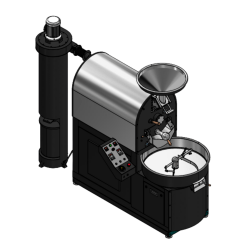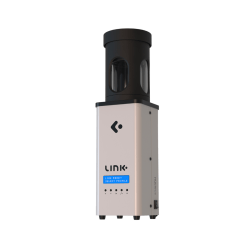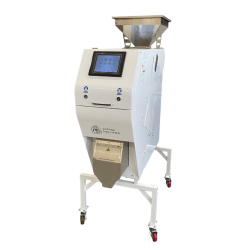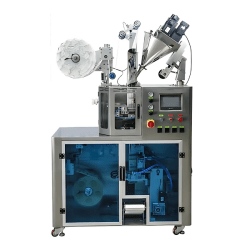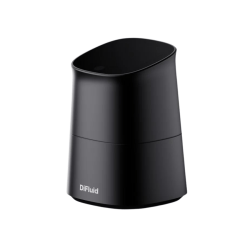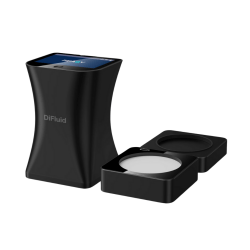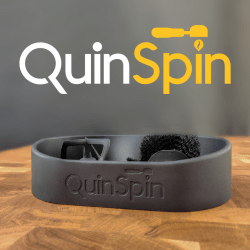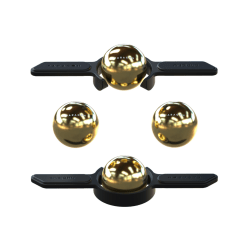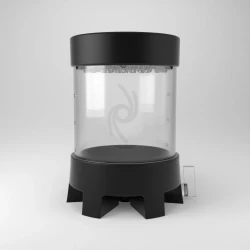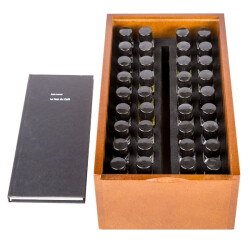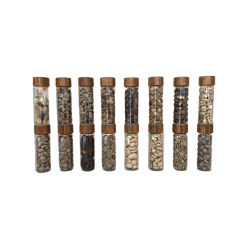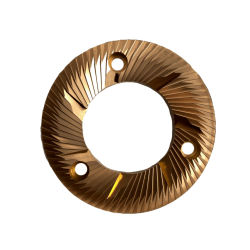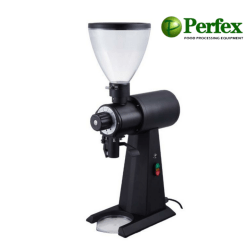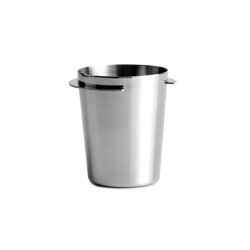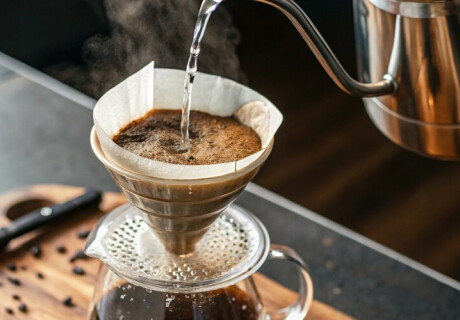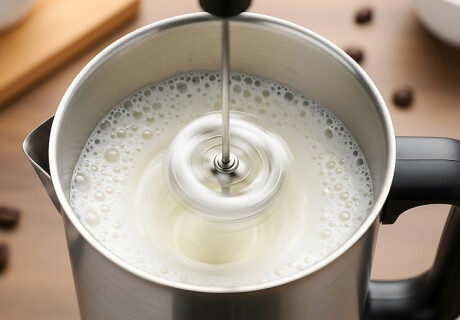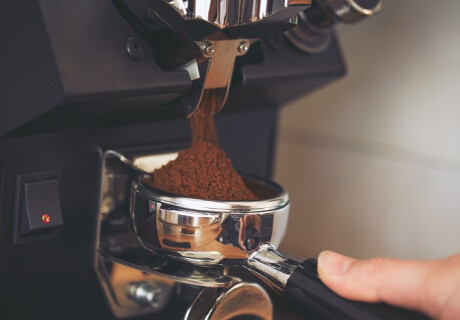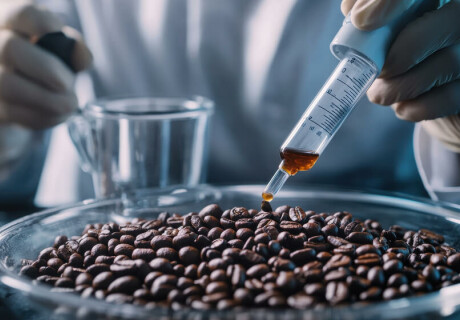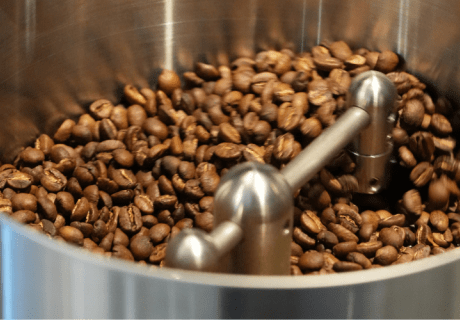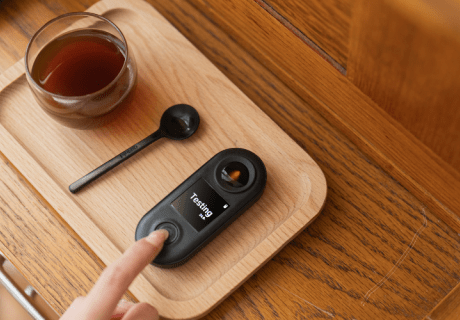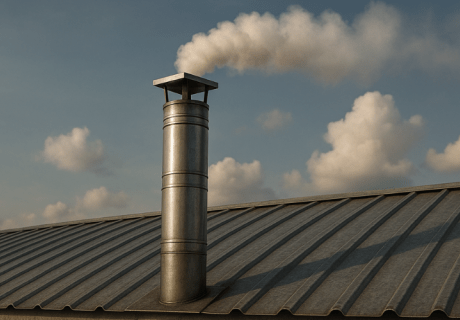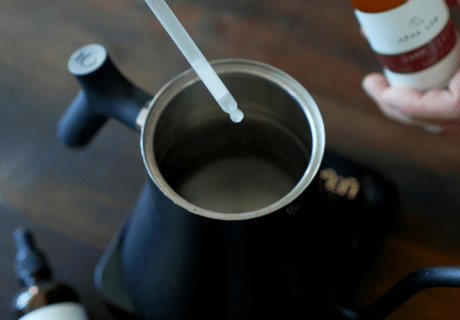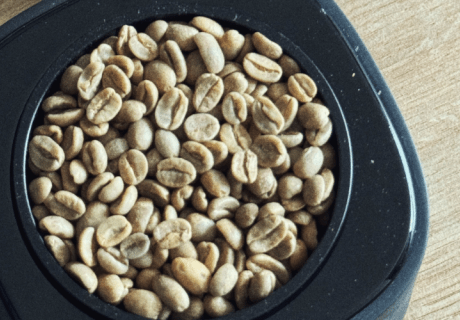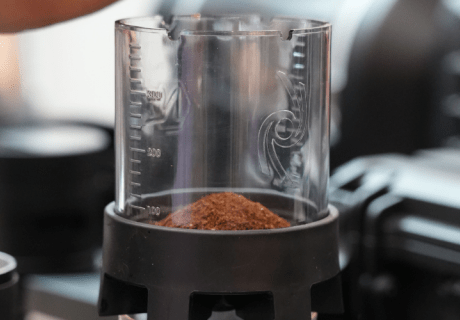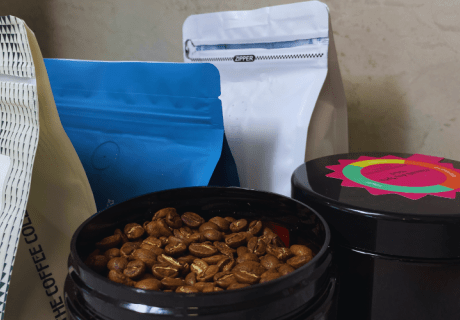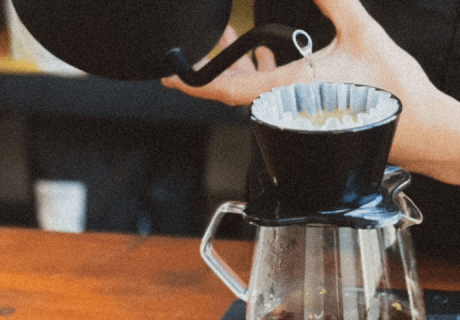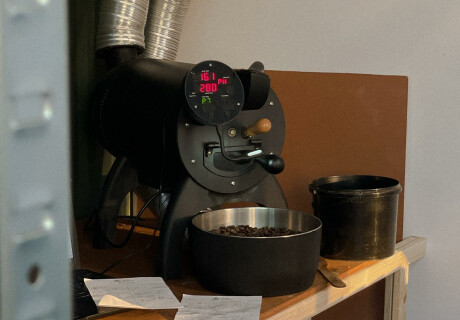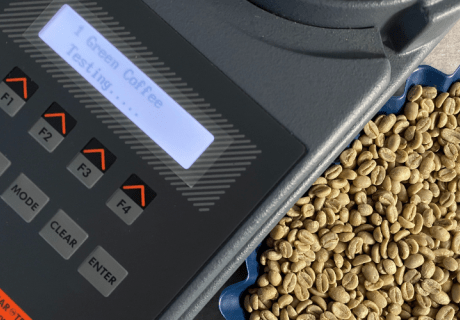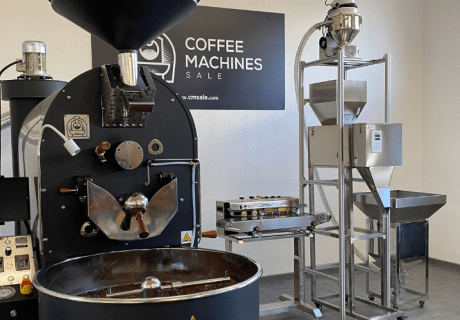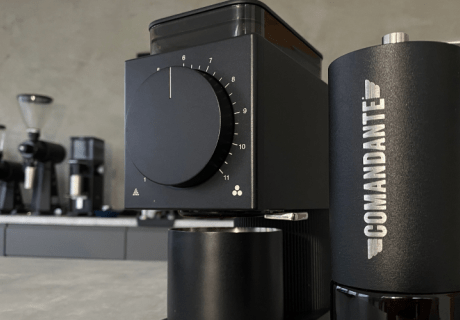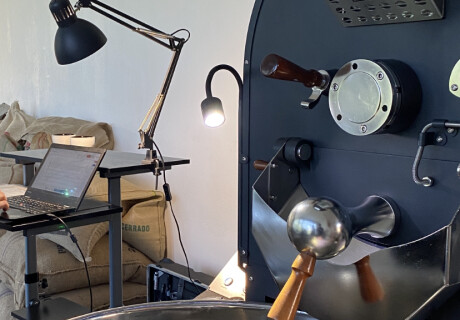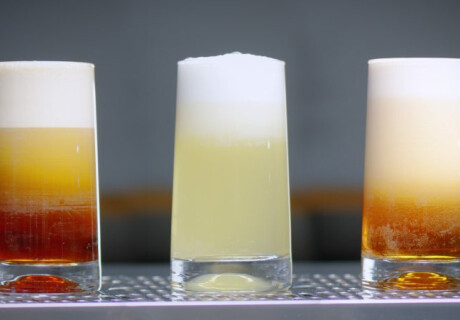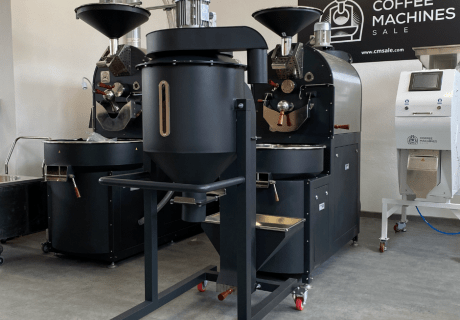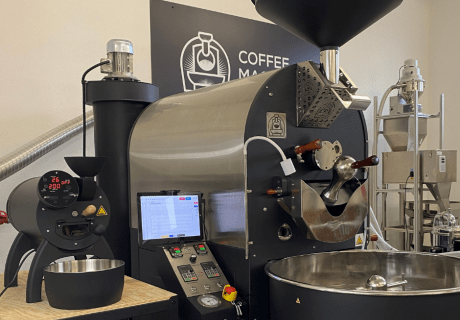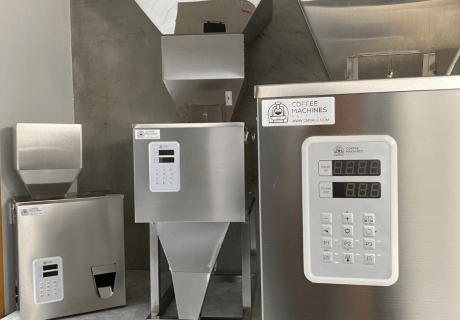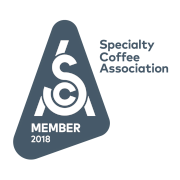7 Common Coffee Equipment Cleaning Mistakes (And How to Avoid Them)
1. Using the Wrong Detergents and Tools
One of the most frequent problems occurs when cafés or roasteries choose unsuitable cleaning solutions. Household detergents, vinegar, or abrasive sponges may seem harmless, but they can damage internal components, clog valves, and leave chemical residues that affect the taste of your espresso.
Professional coffee equipment requires cleaning products that are formulated for delicate seals, metals, and coatings. Using the wrong cleaning methods—like strong bleach or multipurpose cleaners—is one of the most common mistakes in cleaning coffee machines. These can dry out gaskets, corrode group heads, and make machines less reliable over time.
To avoid this, always choose products designed for espresso machines, grinders, and milk systems. For example, you can buy quality coffee equipment cleaning products that are safe for your equipment and meet industry standards.
Pro tip:
- Never mix multiple cleaning solutions; always follow manufacturer guidelines.
- Use microfiber cloths instead of kitchen sponges to prevent scratches.
- Dedicate separate brushes for grinders and group heads to avoid cross-contamination.
Using proper cleaning products = longer-lasting equipment and more consistent coffee quality.
2. Skipping Grinder Cleaning
Your grinder has a direct impact on extraction consistency, yet many cafes overlook its maintenance. Coffee oils, micro-particles, and fine dust quickly accumulate inside burrs and chutes, leading to rancid flavors. Many baristas unknowingly make coffee grinder cleaning errors by wiping only the exterior without addressing the buildup inside.
Over time, dirty grinders produce clumps, uneven particle sizes, and channeling issues in espresso shots. That means even the best coffee beans won’t taste right.
Here’s how to avoid the problem:
- Remove and clean burrs weekly with an approved cleaning brush.
- Use grinder-cleaning tablets to remove oil buildup without disassembling everything.
- Never wash burrs directly with water unless recommended, as this causes rust and calibration problems.
- Vacuum out fine dust trapped inside chutes and dosing chambers.
For busy cafés, it’s wise to schedule grinder cleaning daily, especially when switching between beans. Clean grinders = better flavor, more accurate dosing, and less waste.
3. Cleaning Machines the Wrong Way
Even experienced baristas sometimes use the wrong way to clean coffee equipment—either over-cleaning with harsh chemicals or under-cleaning critical parts. Common mistakes include soaking entire portafilters in corrosive solutions, forgetting to rinse detergents properly, or flushing group heads without backflushing detergent at all.
The correct process involves:
- Backflushing group heads daily with machine-approved cleaning powder.
- Removing and soaking portafilters and baskets in warm water with cleaning tablets.
- Scrubbing shower screens to remove oils that affect the taste of espresso.
- Wiping down external surfaces with a damp microfiber cloth—never abrasive pads.
Another overlooked step: replacing the cleaning water often. Using the same dirty solution spreads residues instead of removing them.
If cleaning is inconsistent or improperly done, you’ll face bitter shots, machine overheating, and premature wear of valves and seals.
4. Forgetting to Descale on Time
Water hardness plays a huge role in machine performance. Skipping descaling schedules leads to limescale buildup, blocked pipes, reduced pressure, and inconsistent brewing temperatures. It’s another inappropriate method to clean coffee equipment that can result in major damage and expensive repairs.
Here’s how to manage it:
- Test your water hardness regularly to determine the ideal descaling frequency.
- Use only descaling solutions designed for coffee equipment—never generic products.
- Follow the manufacturer’s schedules carefully; some machines require monthly descaling, while others require descaling every few months.
- Always rinse thoroughly afterward to avoid chemical residues affecting taste.
For cafés in areas with hard water, consider installing filtration systems to reduce limescale formation. Proper descaling = stable pressure, consistent temperature, and fewer mechanical issues.
5. Not Cleaning Milk Systems Thoroughly
Milk residue hardens fast, clogs steam tips, and encourages bacterial growth if left unattended. Many cafés use purge wands but fail to clean them thoroughly daily, leading to hygiene issues and poor froth quality.
Here’s the correct routine:
- Purge steam wands after every use to remove trapped milk.
- At the end of the day, soak tips in approved milk-cleaning solutions.
- Avoid leaving wands submerged in stagnant water; this can lead to corrosion.
- Use a separate brush for milk components to prevent contamination.
Failing to clean milk systems properly doesn’t just affect flavor—it can also damage your steaming mechanism and affect foam texture. Clean wands = better microfoam, smoother milk, and safer hygiene standards.
6. Overlooking Small Parts and Gaskets
When cleaning, many cafés focus on group heads and portafilters, but often overlook smaller components. Over time, shower screens, valves, and gaskets trap oils and residue, which impact water flow and flavor. Neglecting these areas is another common mistake in cleaning coffee machines that can lead to long-term performance issues.
What to check regularly:
- Shower screens: Remove and scrub weekly.
- Group head gaskets: Inspect for cracks and replace when worn.
- Drain valves: Clean to prevent clogging and machine overflow.
Catching buildup early = better coffee, longer machine life, and fewer service calls. A monthly inspection prevents expensive repairs that often come from neglecting these “hidden” parts.
7. Inconsistent Cleaning Schedules
Even with proper techniques, the biggest issue is inconsistency. Skipping daily routines or delaying deep cleans leads to machine wear and unpredictable flavors.
A reliable schedule looks like this:
- Daily: Backflush group heads, purge steam wands, clean grinder hoppers, deep-clean portafilters and burrs, scrub shower screens, clean drip trays, and wipe all surfaces.
- Monthly: Descale machines, check seals, and clean water lines.
Consistency = stable brewing quality, longer-lasting equipment, and fewer breakdowns.
At CMSale, we know how much cleaning impacts coffee quality and equipment performance. Choosing the right techniques and products helps maintain great taste while avoiding costly repairs. If you’re serious about achieving consistent results, use trusted tools and buy quality coffee equipment cleaning products designed specifically for professional machines.

